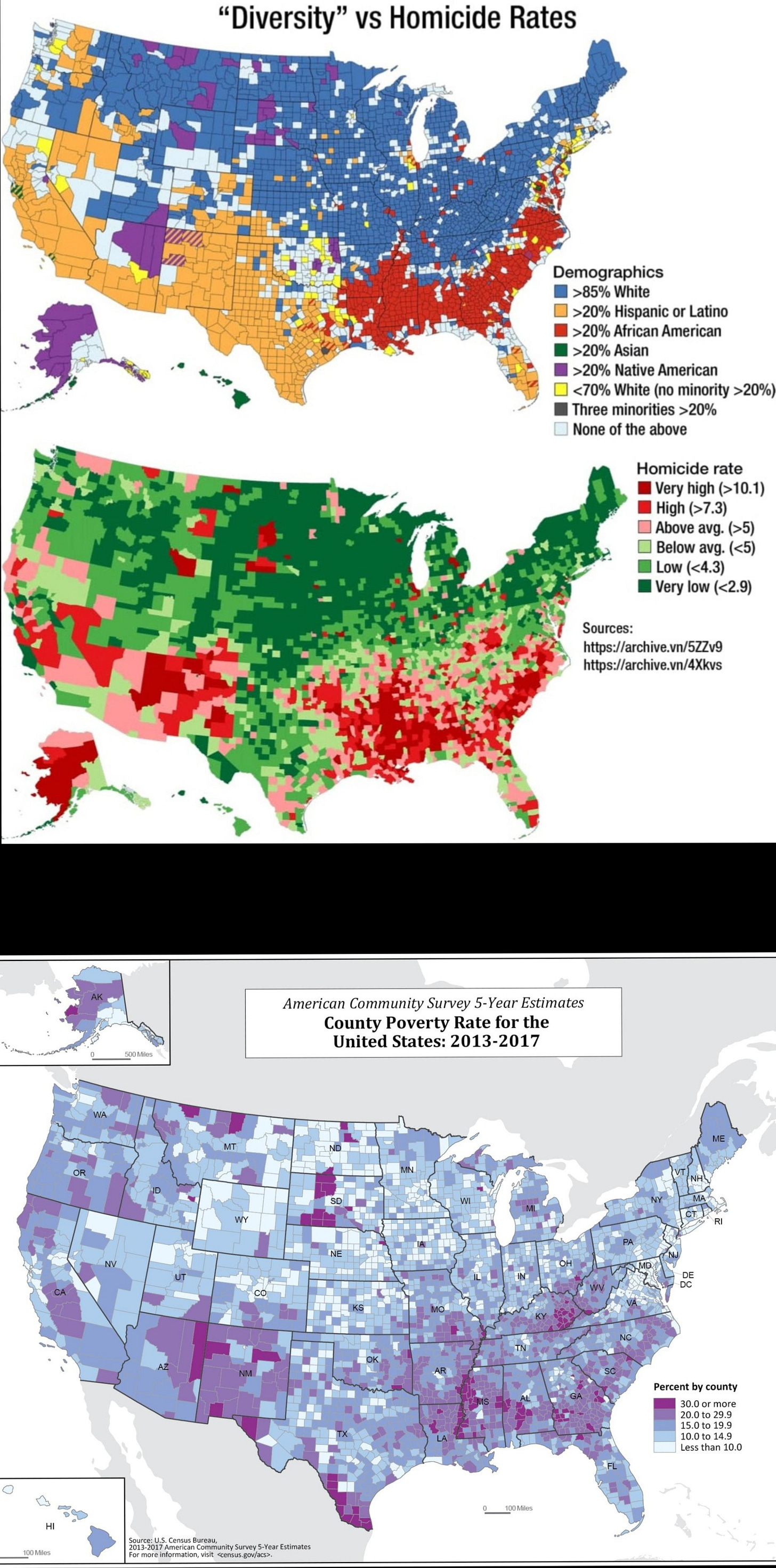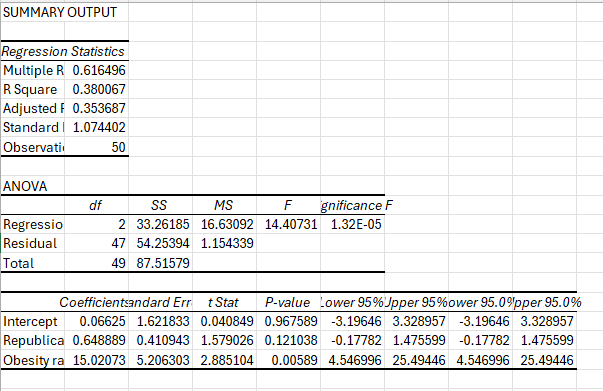Democrat Policy Reduces Infant Mortality
It's not just an artifact of race and obesity rates.
I recently came across a bill in Ohio which gives more money to programs for pregnant women. The bill’s proponents claimed that Ohio has an especially bad infant mortality rate. I was initially suspicious. You hear a lot of claims that the South does poorly on some statistic (single motherhood, poverty, violent crime etc.) and when you look into it you almost always find that the reason is the South’s large Black population. Blacks have very high rates of single motherhood, violent crime, and poverty, and the statistics for Blacks affect the overall statistics for the South.

I initially wondered if Ohio’s high infant mortality rate was likewise just a reflection of its black population. Jean Philippe Rushton’s work on r/K selection in different human populations showed that unfortunately Blacks have higher infant mortality rates (and shorter lives) than Whites who have higher infant mortality rates (and shorter lives) than Asians. But Ohio is not in the South, and I checked Ohio’s black population and it’s only 13% which is lower than I thought. At 7.06 infant deaths per 1000, Ohio has the 8th highest infant mortality rate among US states but only the 18th highest Black population.
In the infant mortality map, Republican states look a bit worse than Democrat states. Mississippi has the worst infant mortality rate. The two states with the best (lowest) infant mortality rate are Washington and Massachusetts, both very Democrat.
But the line-up with the 2024 election map isn’t very close.
But squinting at that infant mortality map again, you can see echoes of another social malady map: the obesity map.
Maternal obesity is one of the main causes of pregnancy complications and infant mortality, so I expected the state obesity rate to correlate strongly with the state infant mortality rate. Republicans tend to be fatter than Democrats. Is the seeming correlation between red states and high infant mortality just a consequence of obesity?
I regressed the infant mortality rate on the obesity rate. As I suspected, obesity has a large effect and the coefficient is statistically significant at a very high level (p <.01%). The coefficient on obesity rate is 20, meaning that a 1 percentage point increase in the obesity rate produces a 0.2 per 1,000 increase in the infant mortality rate. The highest infant mortality rate is 9.39 per 1,000 (Mississippi) and the lowest is 2.77 per 1,000 (North Dakota) which gives a range of 6.62. Obesity rate ranges from 41% (West Virginia) to 25% (Colorado) which gives a range of 16 percentage points. So a movement from the highest obesity rate to the lowest obesity rate (16 percentage point decrease) would be associated with a 16*0.2 = 3.2 per 1,000 decrease in infant mortality. The average state’s infant mortality rate is about 5.5 per 1,000, so a movement from the highest obesity rate to the lowest obesity rate is associated with a decrease in infant mortality equal to more than half of the average state’s infant mortality rate. This is a very large effect! The R-squared value is 34% which is high.
Then I ran the regression with obesity rate and whether the state voted Republican in the 2024 election.
The coefficient on obesity was still large and significant, but to my surprise, the coefficient on Republican was large and significant and close to significance as well. Being a red state rather than a blue state (in the 2024 election) is associated with having a 0.65 per 1,000 higher infant mortality rate. That’s about 10% of the range between the highest and lowest state infant mortality rate. The effect is significant at the 2% level. The effect has a p-value of 12%.
Next I added the final control which I thought of before I started running regressions: percent Black. Here’s just obesity and %black:
As Rushton would expect, the effect of %black is large and positive (i.e. bad), even controlling for obesity. Both effects are significant at the 1% level.
Now let’s look at Republican, obesity, and %black:
Being a Republican state is now still significant at the 2% level and the effect is even larger than before. Being a Republican state rather than a Democrat state is associated with a 0.9 per 1,000 increase in the infant mortality rate. Adding the Republican variable raised the R-squared value of the model from 45% to 51%.
This was enough to convince me that Republican policy probably does a have a real, causal effect which results in worse infant mortality, but just to be sure I added abortion rate, %hispanic, %amerindian, and %asian. Here is the regression with just the race variables:
Race alone does a lot of work. It explains 45% of the variance (R-squared = 45%)
Here’s obesity, Republican and race:
The coefficient on Republican is still large and is significant at the 5% level. R-squared is 56%.
The final check is with abortion rates. Maybe in Democrat states disabled babies are aborted before they are born so they aren’t counted in the infant mortality stats. I found a dataset with abortion rates for 46 states. We’ll run a regression on those 46 states and exclude the other 4. Here’s Republican and Abortion rate:
The coefficient on Abortion is negative as expected, but not significant. Here’s the regression with all the variables:
R-squared is an incredible 65%. As expected at the outset, %black is the most clearly important variable. The coefficient is large and it has a lower p-value than any other variable in the analysis. But the coefficient of Republican is also large and it still statistically significant at the 2% level. The coefficient on abortion rate is negative but not statistically significant.
Even when controlling for race and obesity rates, being a Republican state rather than a Democrat state still has a clear effect. Being a Republican state seems to be causally associated with having a higher infant mortality rate. I don’t think this finding would convince anyone to switch parties. Staunch pro-lifers would think that the infant mortality statistic is misleading because it ought to include all abortions as infant mortalities (there are far more abortions than post-birth infant mortalities) and staunch old-school libertarian-conservatives like me will oppose welfare programs even if they do reduce the infant mortality rate. Parents are responsible for the well-being of children. It is wrong to steal from a woman who did everything right to subsidize a woman who chose to be obese and have a child out of wedlock. High rates of infant mortality are the natural condition of humanity. Declining to give someone resources to stay alive is not at all the same thing as killing them.
But the effect of Democrat vs. Republican policy is bigger than I thought and seems to be a real causal effect. Democrat policy seems to reduce infant mortality by about 1/8th as much as the difference between the highest infant mortality state and the lowest infant mortality state. That’s a big effect. Democrat policies in this area really are effective.
Race data and Infant Mortality data was taken from wikipedia. Obesity data was taken from the graph shown in the article. The abortion dataset is linked. You can check my work in this excel file: link















Post has been edited to correct a mistake in interpreting the second regression.
There's that map again